How to Correctly Inflate Your Tyres
A 9-step guide to correctly inflating your car tyres.
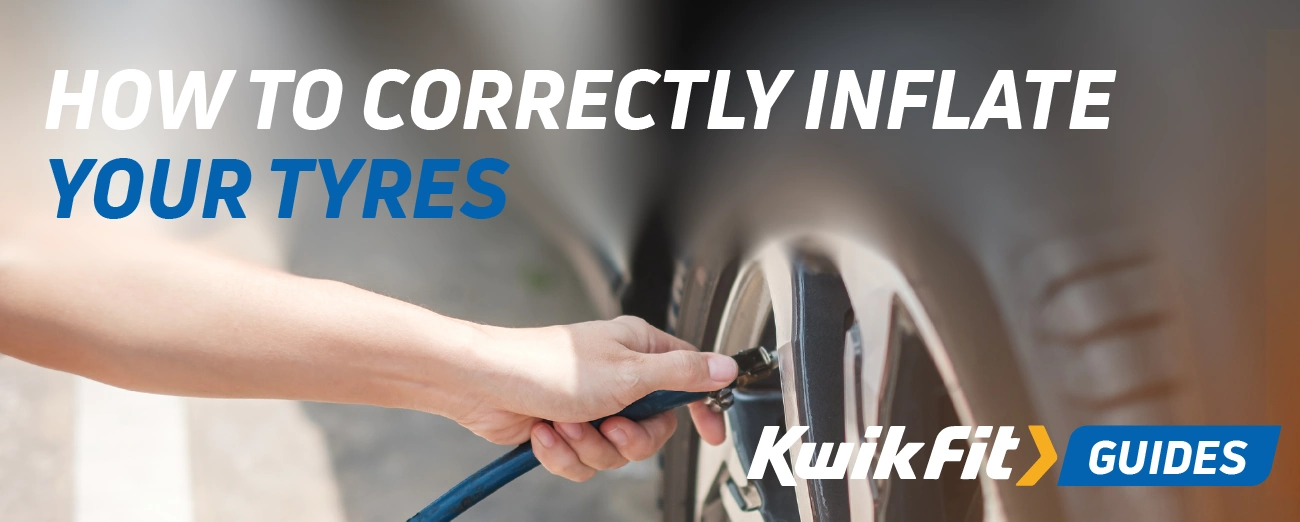
- Check your car manual, inside the fuel cap, or our Tyre Pressure Search tool for recommended tyre pressure.
- Unscrew the valve caps and set them aside.
- Use a gauge to check each tyre’s pressure when the tyres are cold to avoid inaccuracies.
- If you’re inflating or deflating at a petrol station, attach the pump, add or release air in short bursts until the pressure is correct.
- If you’re inflating or deflating at home, connect your portable pump, set the target pressure, and adjust accordingly.
- Do a final gauge check to ensure the pressure is correct.
- Once you’re happy with the tyre pressure, quickly replace the valve cap and move on to the next tyre.
- If you have time, don’t forget to inflate or deflate your spare tyre.
- Inspect your tyres - if they aren’t holding the air, it may indicate a slow puncture or damage which needs repairing.
If you choose to pump your tyres at home, there are some important pointers to follow. Portable pumps either come as electrically-powered or manual options. With electric pumps, you usually have to plug them into the car’s cigarette lighter port, turn them on, and select a target pressure. Turn them off again before attaching them to the tyre valve stem (so the motor doesn’t keep running) and switch them back on when the valve is connected properly.
They should pump until the desired pressure is reached and then turn off. But be sure to watch in case your pump doesn’t have an automatic cut-off function!
Manual pumps are a bit more work but work in the same way – the only real difference being that you have to keep an eye on the pressure gauge to know when to stop.
Tyres not holding air?
If your tyres aren’t holding air, book your car in for a free tyre inspection at your local Kwik Fit to be safe!
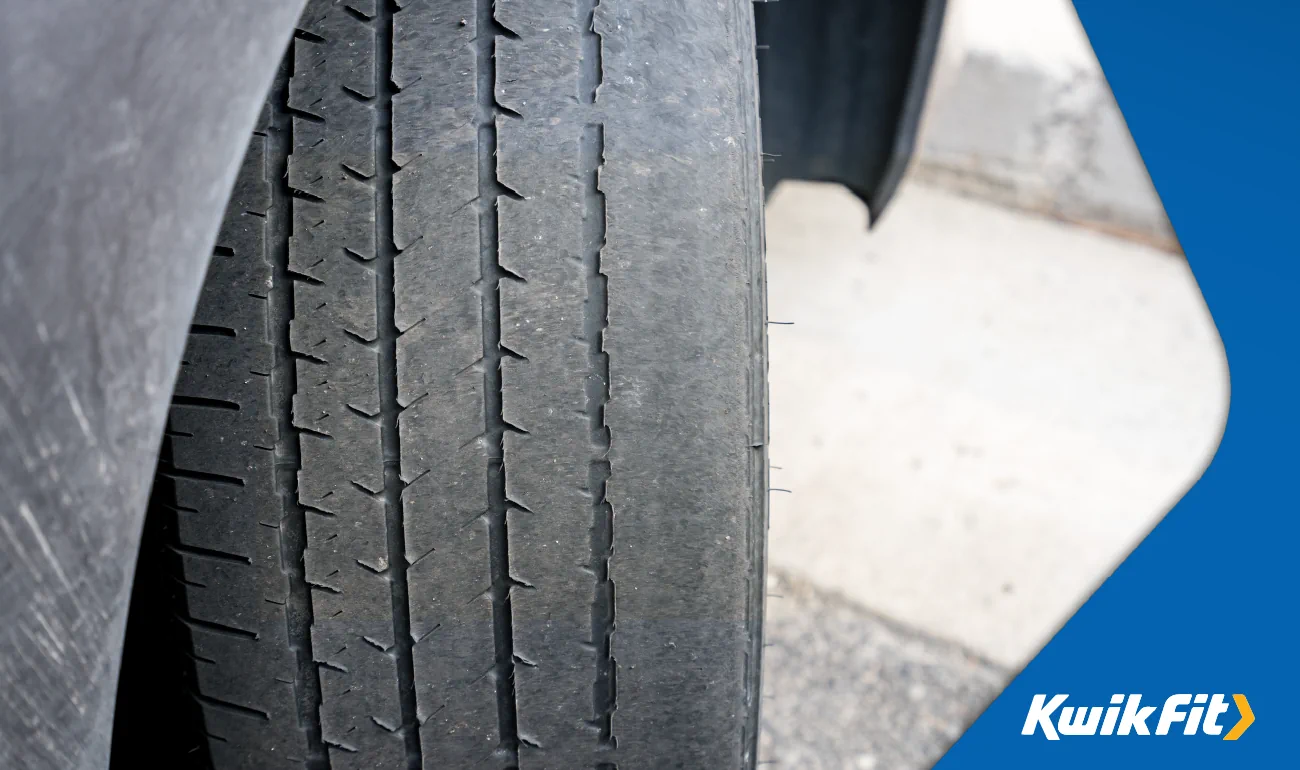
The effects of underinflated tyres on your vehicle
So now that you know how to inflate your tyres whenever and wherever you need to, it’s also important to understand the effects of improper tyre pressure on your car - as well as on the tyres themselves.
Uneven tyre wear
When you drive with under-inflated tyres, the sidewalls of the tyre can become misshapen and bulge out, because there’s not enough internal air pressure to hold the correct tyre shape. As a result of the sidewalls bulging, the edges of the tyre tread get much more wear than usual, because they’re in contact with the ground more often.
This is actually a desirable thing in some rare cases (like with drag racers) because the slack tyres can grip the road enough to launch the car at the level of acceleration needed. But this is very precisely calculated for each race and, if you’re reading this, you’re unlikely to be driving a drag racer!
At best, this can cause premature tyre wear in normal cars – but if left for too long, excessive wear can lead to tyre bursts in areas where the rubber is too thin to hold the pressure.
If you see any particularly bulging parts of your tyre, you should be very careful of them when driving and get them replaced immediately.
Crucially, avoiding this excessive tyre wear makes it considerably cheaper for you – as you’re not having to replace your tyres prematurely.
Poor fuel economy
This is another by-product of the tyres making more contact with the road. Because there’s additional surface contact with the road, there’s more friction, which means that there’s more force holding your car in place – or, rather, there’s more friction slowing your car down.
This, in turn, means that your engine has to work harder to go at the same speed, so you end up using considerably more fuel than you should be.
Unresponsive steering
Because the tyre rubber has more slack in it when it’s in its unpressurised state (or at least its less-pressurised state), your steering will be more sluggish. That’s because it takes more of a side-to-side turn to actually turn the tyre itself.
Think about holding a strip of rubber, if you hold both ends tight and turn one end, it twists. There will always be a certain amount of twist in the rubber of your tyres, but tyres are developed to withstand a certain amount of necessary friction at the correct pressure.
So, not using the correct pressure here means that it becomes harder to control your car at speed – it’ll seem like it’s bouncing around bends rather than holding its grip on the road.
More than tyre pressure problems?
If you’re having problems with your tyres, steering, or anything else – don’t put off getting in touch with your local Kwik Fit centre. Our experts are always on hand to advise, service, and repair your car.
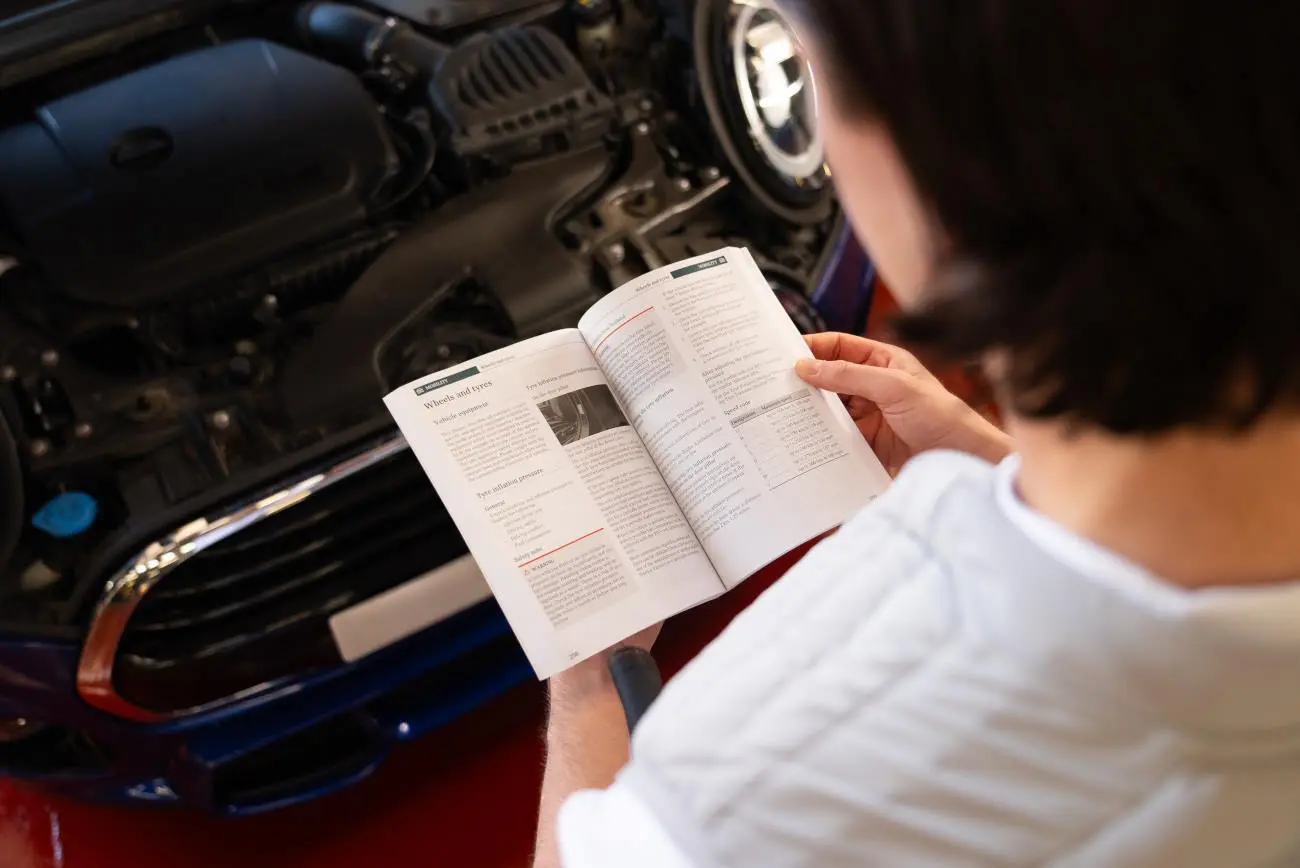
1. Check your car manual, inside the fuel cap, or our Tyre Pressure Search tool for recommended tyre pressure.
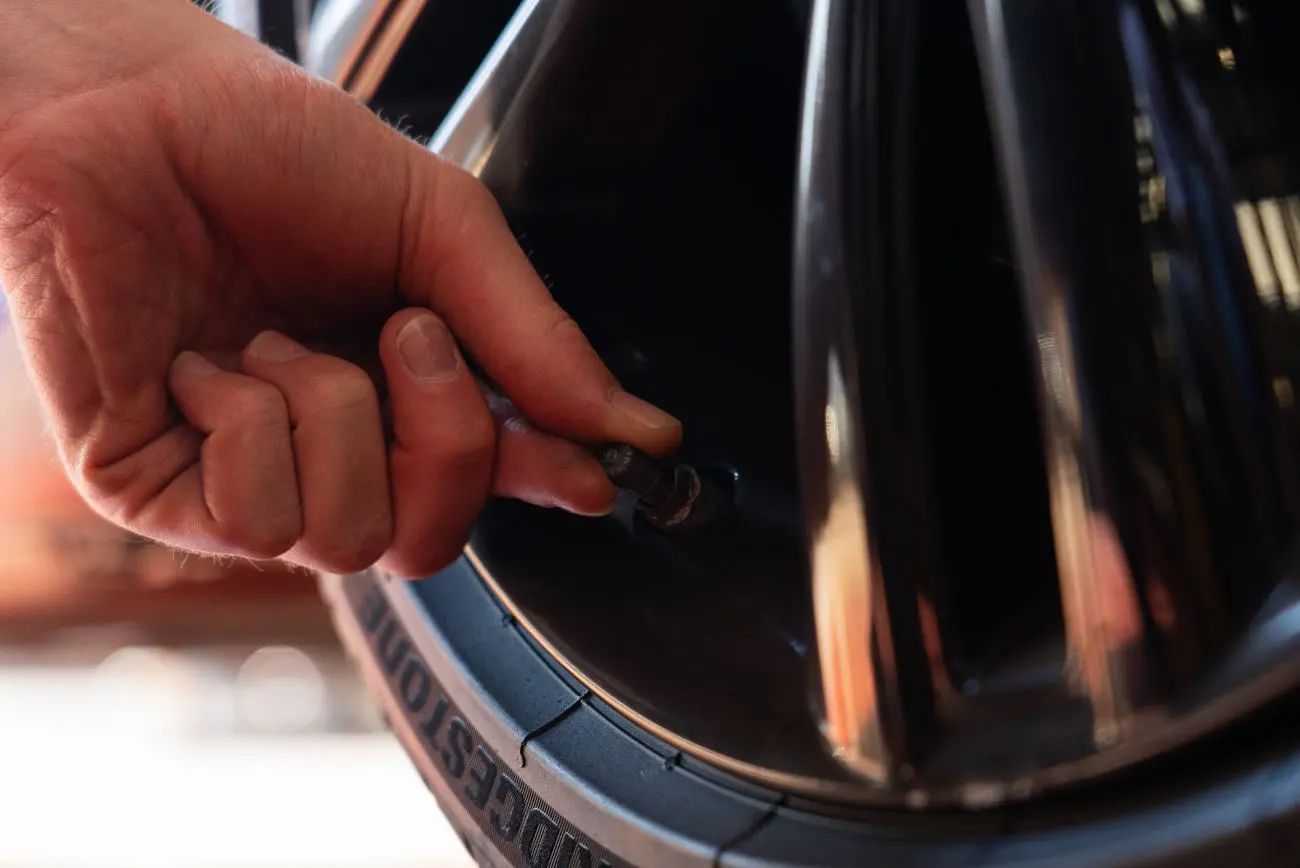
2. Unscrew the valve caps and set them aside.

3. Use a gauge to check each tyre’s pressure when the tyres are cold to avoid inaccuracies.
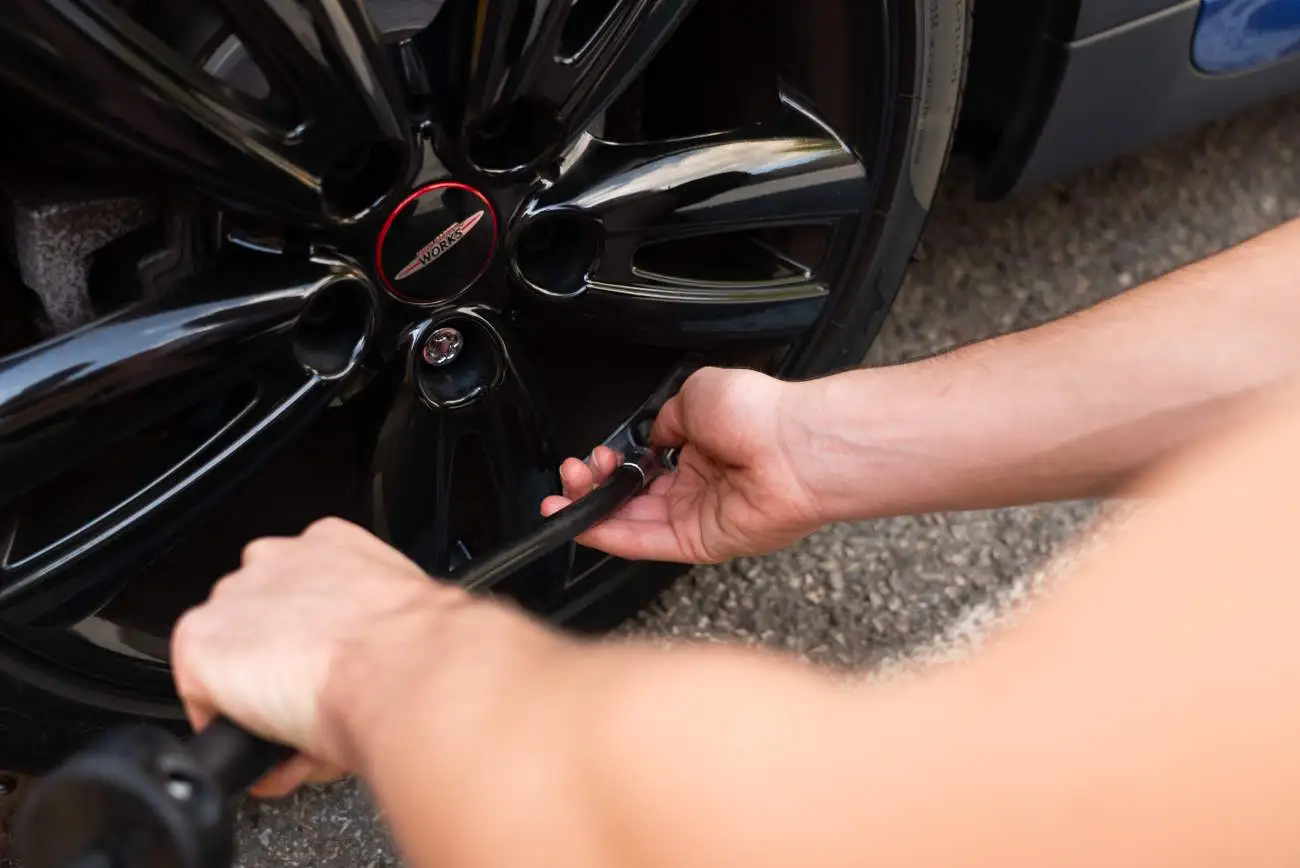
4. If you’re inflating or deflating at a petrol station, attach the pump, add or release air in short bursts until the pressure is correct.

5. If you’re inflating or deflating at a petrol station, attach the pump, add or release air in short bursts until the pressure is correct.
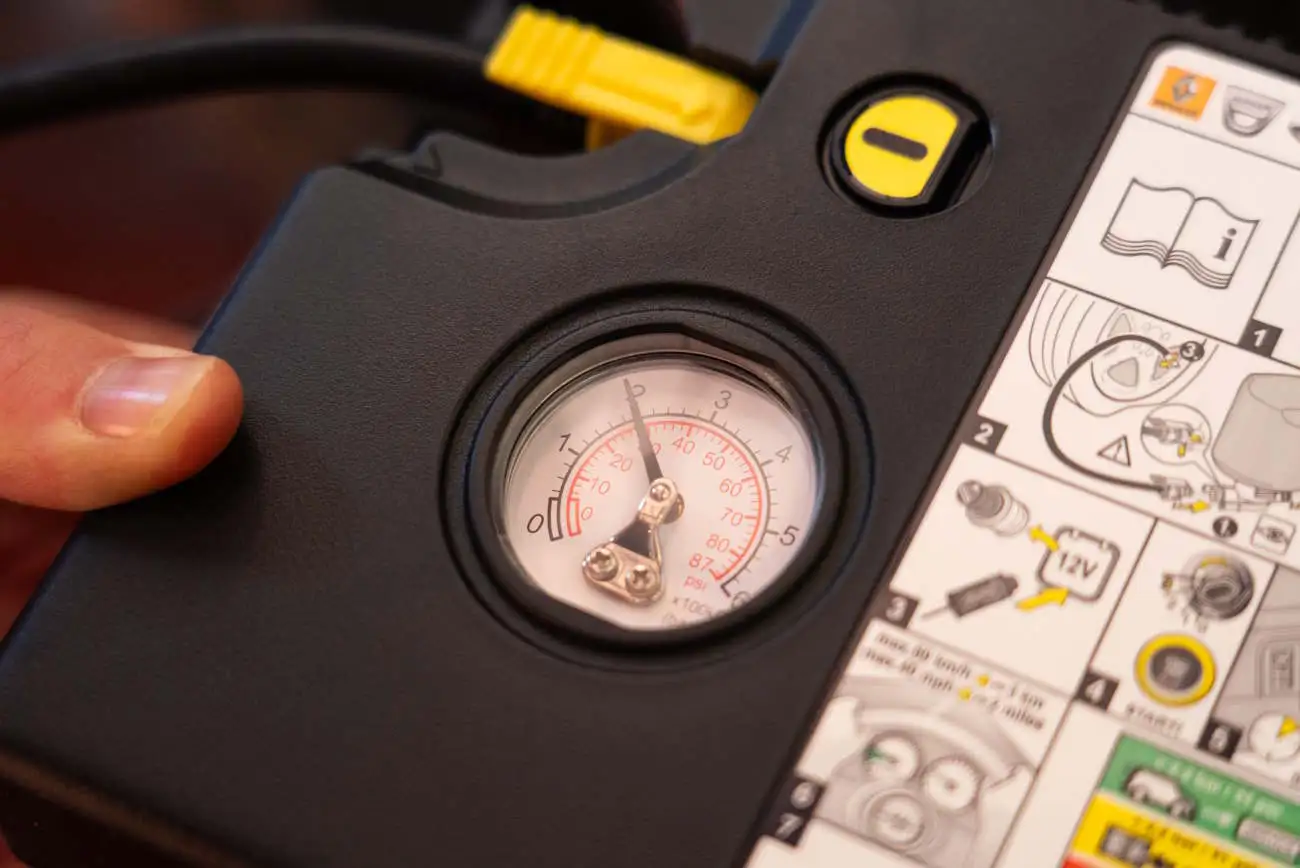
6. Do a final gauge check to ensure the pressure is correct.
7. Once you’re happy with the tyre pressure, quickly replace the valve cap and move on to the next tyre.
8. If you have time, don’t forget to inflate or deflate your spare tyre.
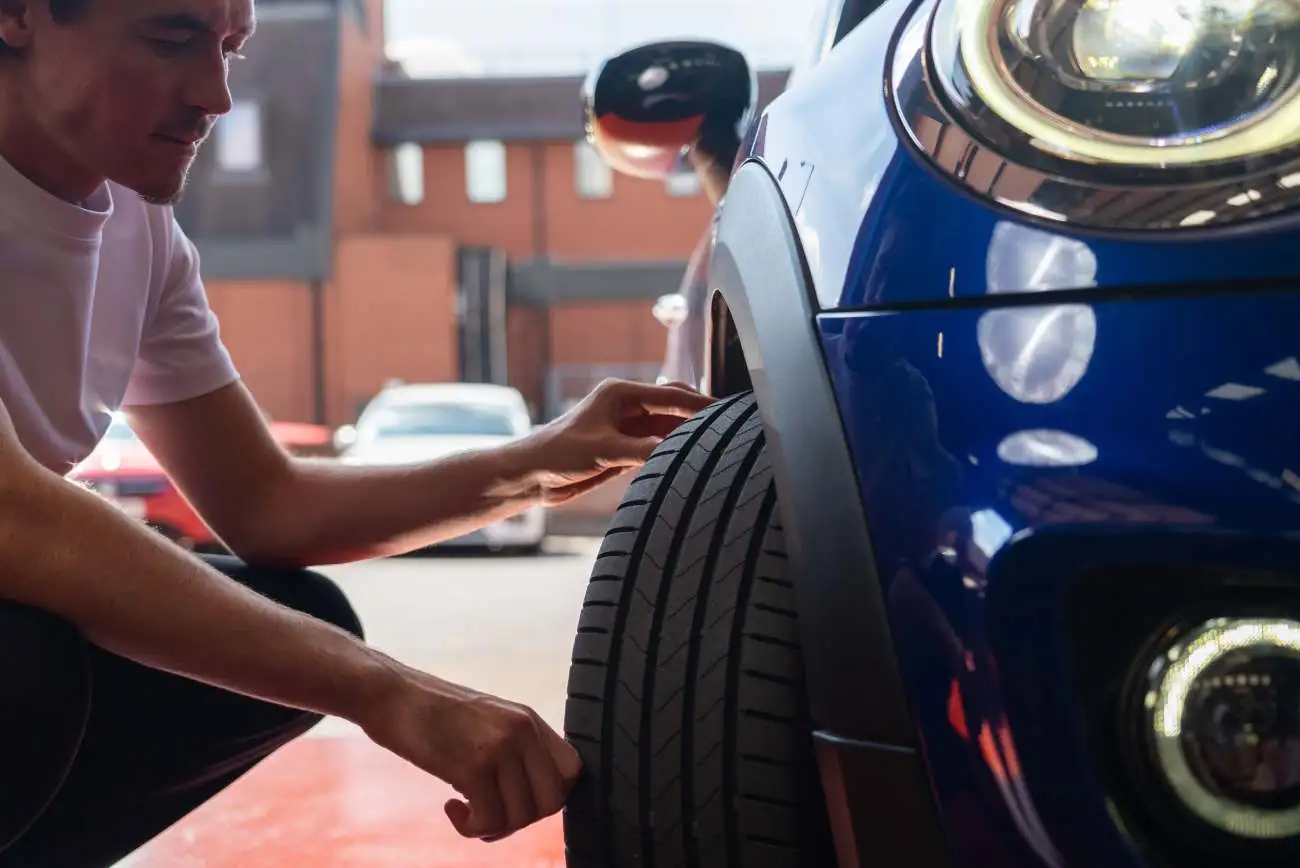
9. Inspect your tyres - if they aren’t holding the air, it may indicate a slow puncture or damage which needs repairing.






